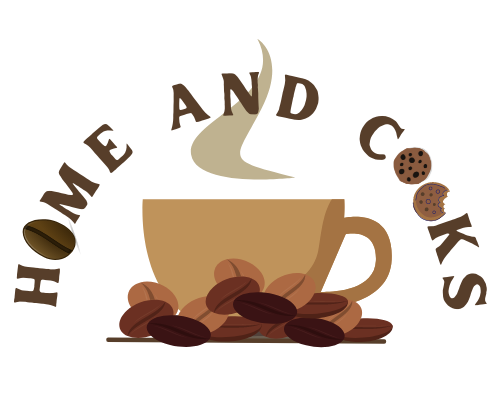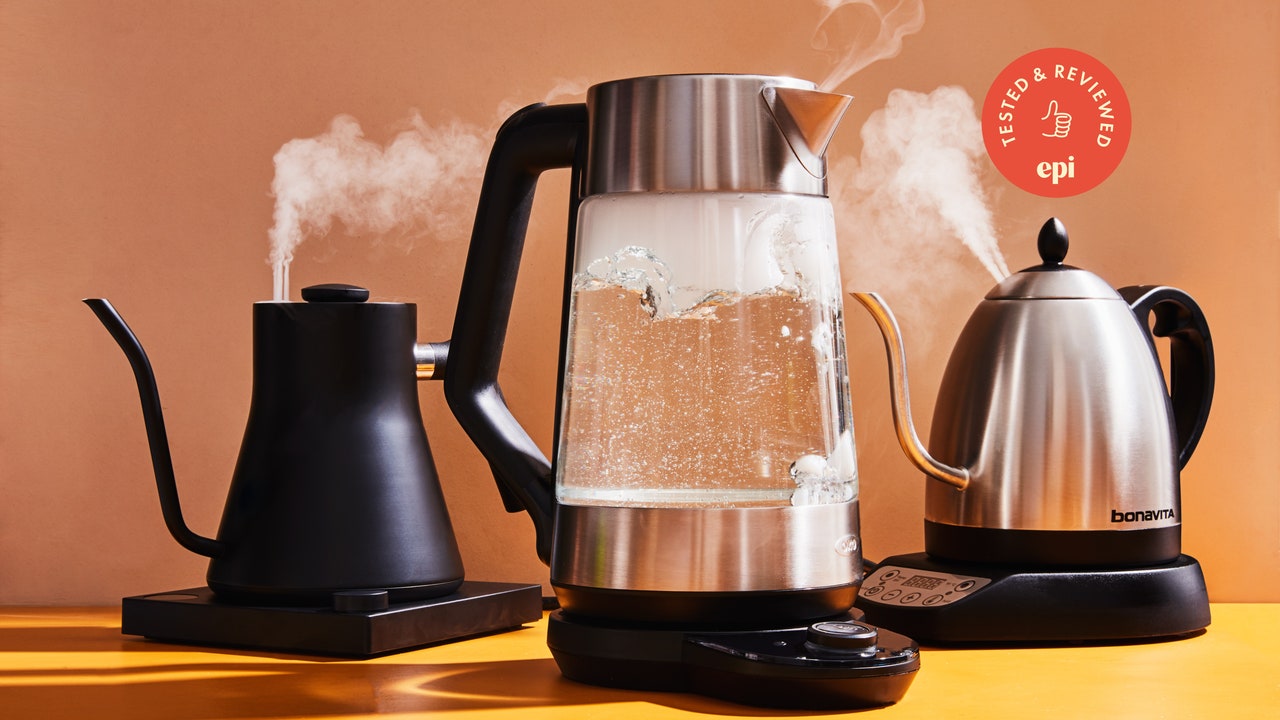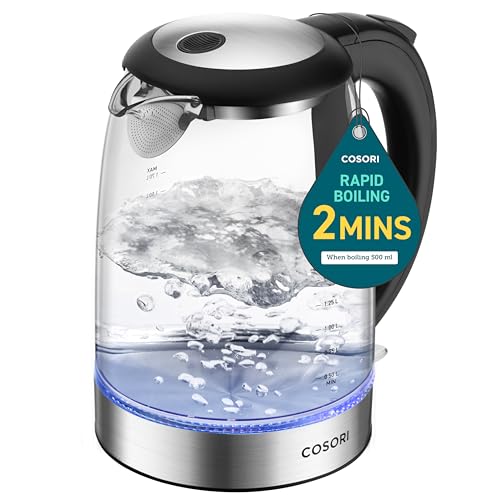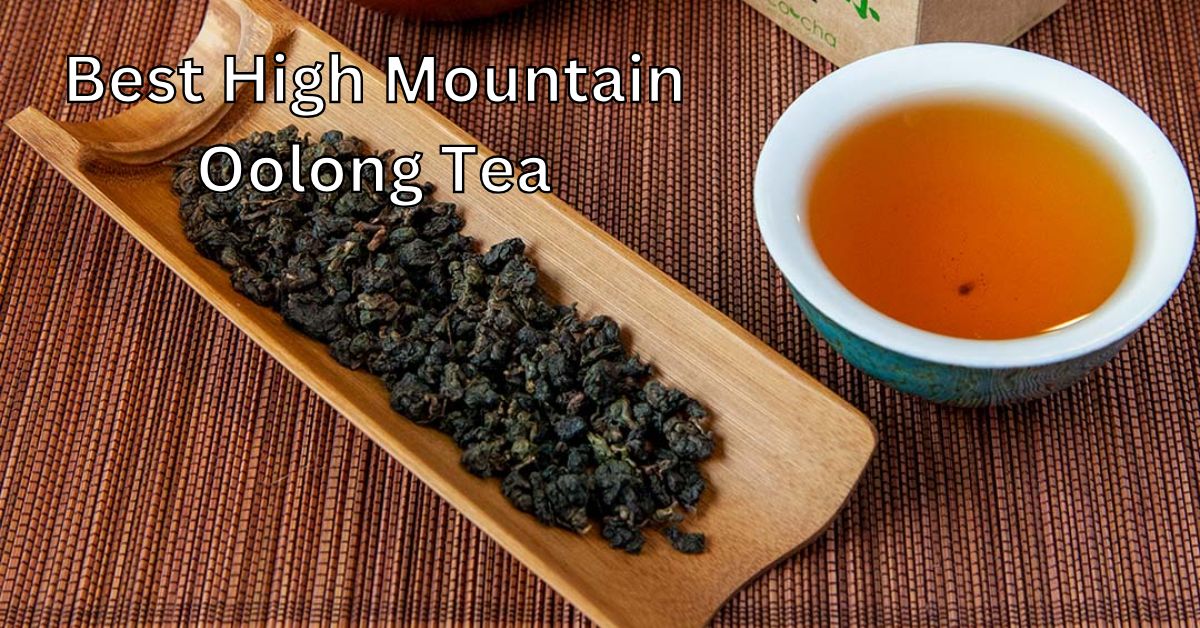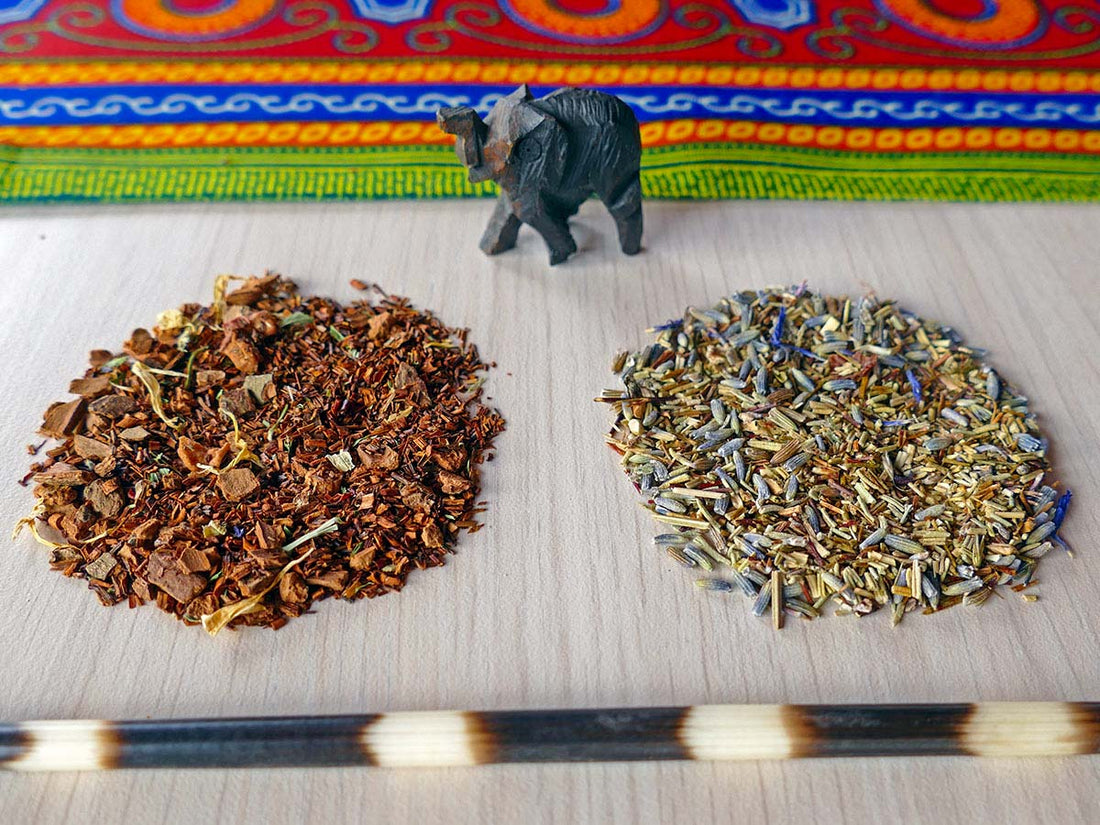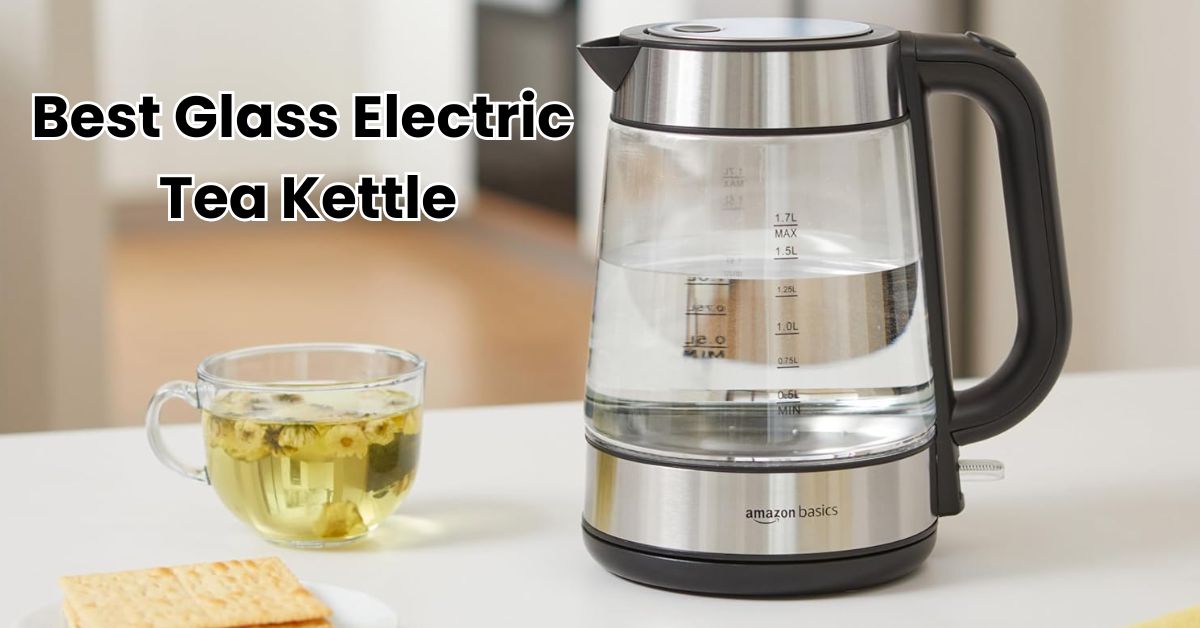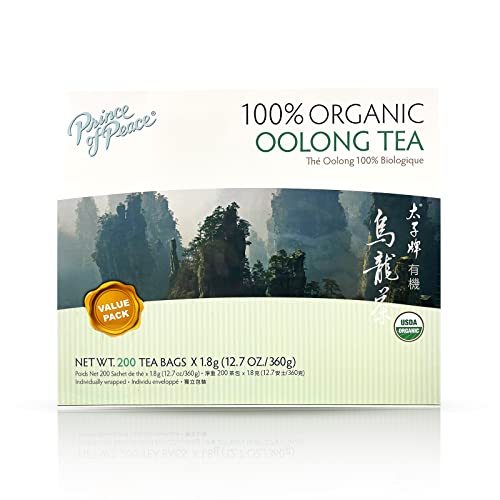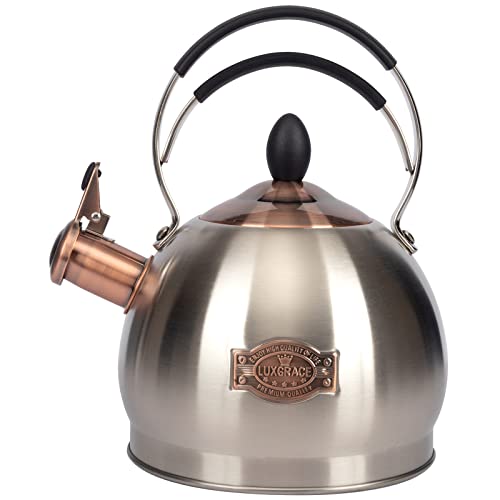Yes, tea kettles do boil water. They are specifically designed for this purpose.
But how do they work, and why are they so effective? Tea kettles have been a kitchen staple for centuries. They offer a quick and convenient way to boil water. Whether you prefer an electric kettle or a traditional stovetop model, each has its own advantages.
Understanding how these kettles function can help you choose the best one for your needs. In this blog, we’ll explore the mechanics behind tea kettles, their efficiency, and why they remain a popular choice for boiling water. Stay with us as we dive deeper into the fascinating world of tea kettles!

Credit: www.amazon.com
Introduction To Tea Kettles
Tea kettles have been essential kitchen tools for centuries. They simplify the process of boiling water for tea, coffee, and other hot beverages. These kettles come in various designs and materials, making them both functional and stylish. Let’s delve into the fascinating world of tea kettles, starting with their history and modern designs.
Brief History
Tea kettles have a rich history dating back to ancient China. Early kettles were simple pots used to boil water over open flames. By the 17th century, tea drinking spread to Europe, leading to the creation of more ornate and functional kettles. Cast iron and copper kettles became popular, known for their durability and heat retention. Over time, tea kettles evolved, incorporating new materials and designs to improve their efficiency and aesthetics.
Modern Designs
Today, tea kettles come in various modern designs. Electric kettles have gained popularity due to their convenience and speed. These kettles often feature automatic shut-off and temperature control settings. Stainless steel and glass kettles are also common, offering a sleek look and easy maintenance. Whistling kettles remain a favorite for their nostalgic charm and practicality. Their whistle signals when the water is ready, preventing overheating.
Modern tea kettles blend tradition with innovation. They cater to diverse preferences and needs. Whether you prefer an electric model or a classic stovetop design, there’s a tea kettle for everyone.
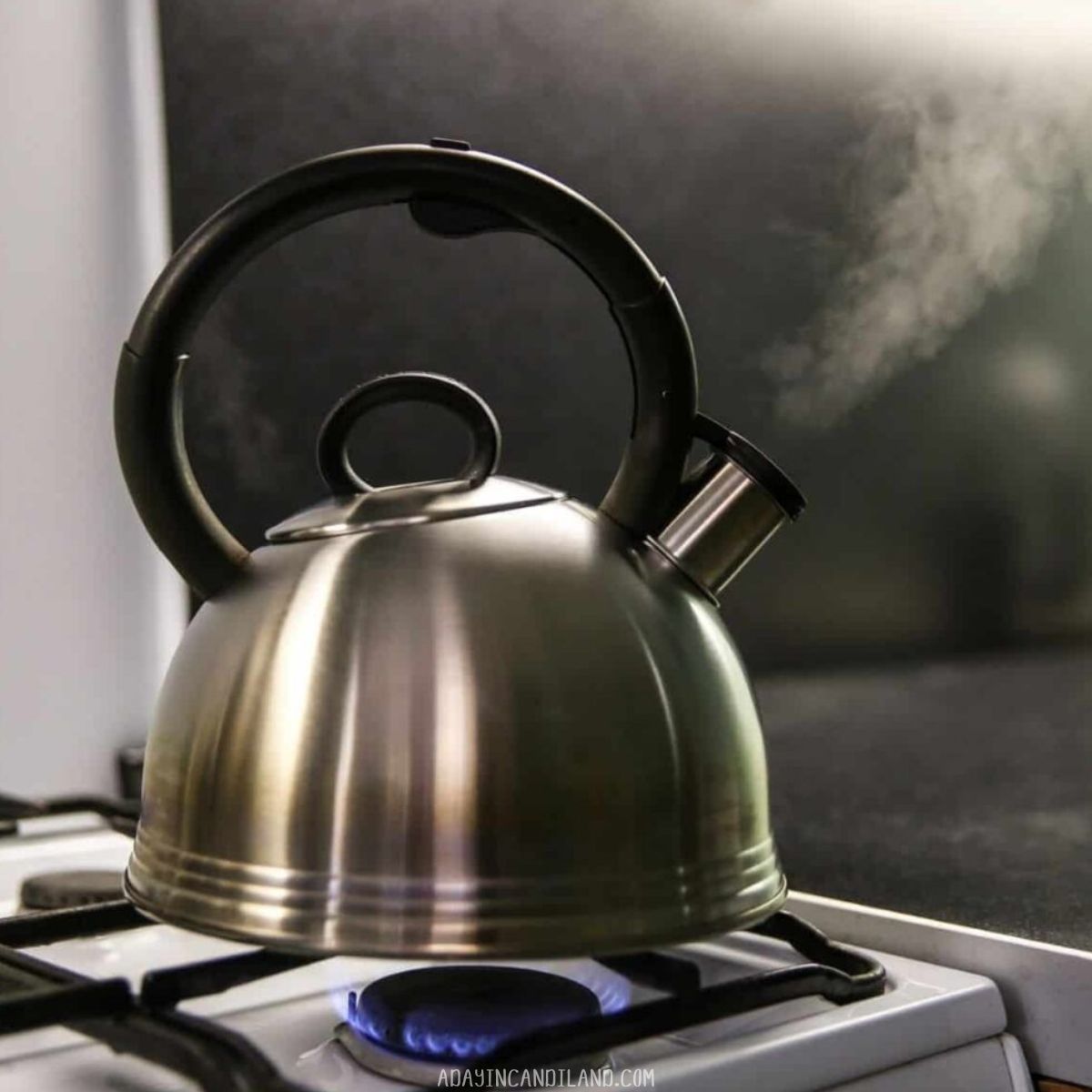
Credit: adayincandiland.com
How Tea Kettles Work
Ever wondered how your tea kettle boils water? It’s a fascinating process. Understanding the working mechanism helps you appreciate this everyday appliance. Let’s explore the magic behind tea kettles.
Heat Transfer Methods
Tea kettles use heat transfer to boil water. There are two main methods:
- Conduction: This is the transfer of heat through a material. In a stove-top kettle, the heat travels from the burner to the kettle’s base. Then, it spreads through the water.
- Convection: This is the transfer of heat by the movement of fluids. As the water at the bottom heats up, it rises. Cooler water then moves down to be heated. This cycle continues until the water boils.
Types Of Kettles
There are different types of tea kettles. Each has its own way of boiling water. Here are the main types:
| Type | How It Works |
|---|---|
| Stove-Top Kettle | Placed on a stove. Uses conduction and convection to boil water. |
| Electric Kettle | Uses an electric heating element. Heats water faster than a stove-top kettle. |
| Whistling Kettle | Has a whistle. Alerts you when the water reaches boiling point. |
Each type of kettle has its own benefits. Choose one based on your needs. Some prefer the quick heating of electric kettles. Others love the traditional feel of stove-top kettles. Whichever you choose, knowing how they work makes brewing tea more enjoyable.
Electric Vs. Stovetop Kettles
Choosing between an electric kettle and a stovetop kettle depends on various factors. People often consider energy consumption, boiling speed, and convenience. Each type has its benefits and drawbacks. Let’s explore these aspects to help you make an informed decision.
Energy Consumption
Electric kettles are known for their energy efficiency. They use less electricity to boil water compared to a stove. This makes them a popular choice for those who want to save energy. Stovetop kettles, on the other hand, rely on gas or electric stoves. This process can consume more energy. The type of stove you use also affects the overall energy consumption.
Boiling Speed
Electric kettles usually boil water faster than stovetop kettles. They have built-in heating elements that quickly raise the water’s temperature. This makes them ideal for those who need hot water in a hurry. Stovetop kettles take longer because they depend on the stove’s heat. The boiling speed can vary based on the stove’s efficiency and the kettle’s material.
Materials Matter
Choosing the right material for your tea kettle is crucial. Different materials affect boiling time, durability, and taste. Let’s explore the most common materials used in tea kettles.
Stainless Steel
Stainless steel kettles are popular for their durability and heat retention. They are resistant to rust and stains, making them easy to clean. These kettles often come with a polished finish, adding a sleek look to your kitchen.
- Durable and long-lasting
- Retains heat well
- Resistant to rust and stains
Stainless steel kettles can be heavier than other materials. They may take slightly longer to boil water. Yet, their longevity makes them a favorite choice.
Glass
Glass kettles offer a modern and elegant look. They allow you to see the water boiling, adding a visual element to the process. Glass does not affect the taste of water, ensuring a pure flavor for your tea.
- Modern and elegant appearance
- Allows visual monitoring of boiling water
- Pure taste, no flavor alteration
Glass kettles can be more fragile. Handle them with care to avoid breakage. They are usually lighter and can boil water quickly.
Plastic
Plastic kettles are lightweight and often more affordable. They come in various colors and designs, offering many options.
- Lightweight and affordable
- Available in various colors and designs
Plastic kettles are less durable than stainless steel or glass. They may not retain heat as well. Choose a BPA-free plastic to ensure safety.
| Material | Benefits | Drawbacks |
|---|---|---|
| Stainless Steel | Durable, heat retention, rust-resistant | Heavy, longer boiling time |
| Glass | Visual appeal, pure taste | Fragile, needs careful handling |
| Plastic | Lightweight, affordable, variety | Less durable, poor heat retention |
Consider these factors when choosing a tea kettle. The right material will enhance your tea-drinking experience.
Factors Affecting Boiling Efficiency
Understanding the factors affecting boiling efficiency can help you boil water faster. Different elements impact how quickly your tea kettle reaches the boiling point. Let’s explore some of these factors.
Water Volume
The amount of water in your kettle plays a crucial role. More water takes longer to boil. Less water boils faster. This is due to the heat distribution. A small volume heats up quickly. A large volume needs more time. Adjust the water level based on your needs for quicker boiling.
Altitude
Altitude also affects boiling efficiency. At higher altitudes, water boils at a lower temperature. This is because of the reduced air pressure. Your kettle may seem to boil faster. Yet, the water may not be as hot. It’s essential to consider this if you live in a mountainous area. Adjust your expectations to match your altitude.

Credit: www.wikihow.com
Comparing Energy Efficiency
When comparing the energy efficiency of tea kettles, it’s important to consider the different methods available. The two main options are electricity and gas. Each has its own benefits and drawbacks. Understanding these can help you make an informed decision.
Electricity Vs. Gas
Electric kettles are known for their speed. They can boil water faster than gas kettles. This is because electric kettles use a heating element that directly heats the water. Gas kettles rely on an open flame, which is less efficient. Electric kettles also often have automatic shut-off features. This prevents energy waste.
Gas kettles, on the other hand, use natural gas or propane. These fuels can be cheaper than electricity in some areas. Gas kettles also give you more control over the heat. This can be useful for certain types of tea. But, they can be slower and less efficient in converting energy to heat.
Heat Retention
Heat retention is another factor to consider. Electric kettles usually have better heat retention. They are often made with insulating materials. This keeps the water hot for a longer time. Some electric kettles even have a keep-warm function. This can maintain the temperature for hours.
Gas kettles, in contrast, typically have less insulation. This means the water cools down faster. You may need to reheat the water more often. This can lead to more energy use over time.
Tips For Efficient Boiling
Boiling water using a tea kettle may seem simple, but there are ways to make it more efficient. By following a few tips, you can ensure that your water boils faster and your kettle lasts longer. Below are some key pointers to help you achieve this.
Optimal Water Level
Fill your kettle to the recommended level. Overfilling can cause spills and slow boiling. Underfilling wastes energy and heats unevenly. Most kettles have a maximum fill line. Follow it for best results.
Regular Maintenance
Keep your kettle clean. Mineral buildup can slow down the boiling process. Descale your kettle regularly. Use vinegar or a descaling solution. Rinse thoroughly after cleaning to remove any residue. This will help maintain efficient boiling.
Environmental Impact
Boiling water with a tea kettle is a common task. Yet, many don’t consider the environmental impact of this daily activity. Different types of tea kettles can affect the environment in various ways. From the energy they use to the materials they are made of, every choice has an impact.
Energy Usage
Tea kettles can use a lot of energy. Electric kettles are known for their quick boiling time. But they use a significant amount of electricity. On the other hand, stovetop kettles might take longer but can be heated on a gas stove. Each energy source has its own environmental footprint. Reducing energy consumption can lessen the overall impact.
Sustainable Choices
Choosing a sustainable tea kettle can make a difference. Some kettles are made from recycled or eco-friendly materials. These choices help reduce waste and the demand for new resources. Also, consider the lifespan of the kettle. A durable kettle means fewer replacements and less waste.
Frequently Asked Questions
How Do Tea Kettles Work?
Tea kettles use a heating element to heat water. The heat transfers to the water, causing it to boil.
How Long Does It Take To Boil Water?
It usually takes 5-10 minutes to boil water. The exact time depends on the kettle’s power and the amount of water.
Are Electric Kettles Faster Than Stovetop Kettles?
Yes, electric kettles generally boil water faster than stovetop kettles. They are more efficient and convenient.
Can I Boil Milk In A Tea Kettle?
It is not recommended to boil milk in a tea kettle. Milk can scorch and leave residue, which is difficult to clean.
Conclusion
Tea kettles are reliable for boiling water. They are convenient and safe. Choose a quality kettle to ensure efficiency. Electric kettles boil water faster. Stovetop kettles offer a classic touch. Both types have their benefits. Always follow safety tips when using kettles.
Consider your needs before buying one. Enjoy hot water quickly and easily. A good kettle makes life simpler. Happy boiling!
